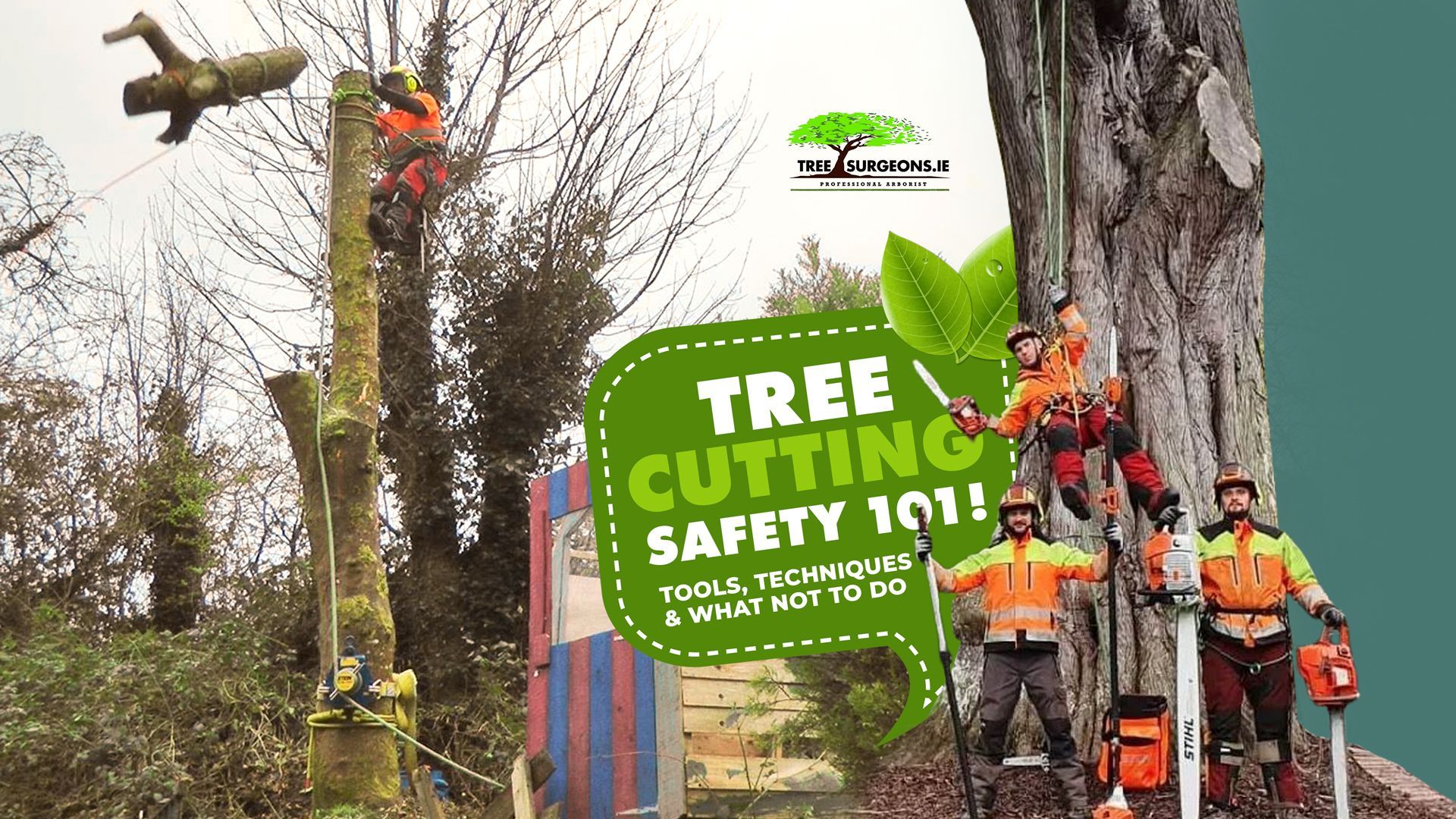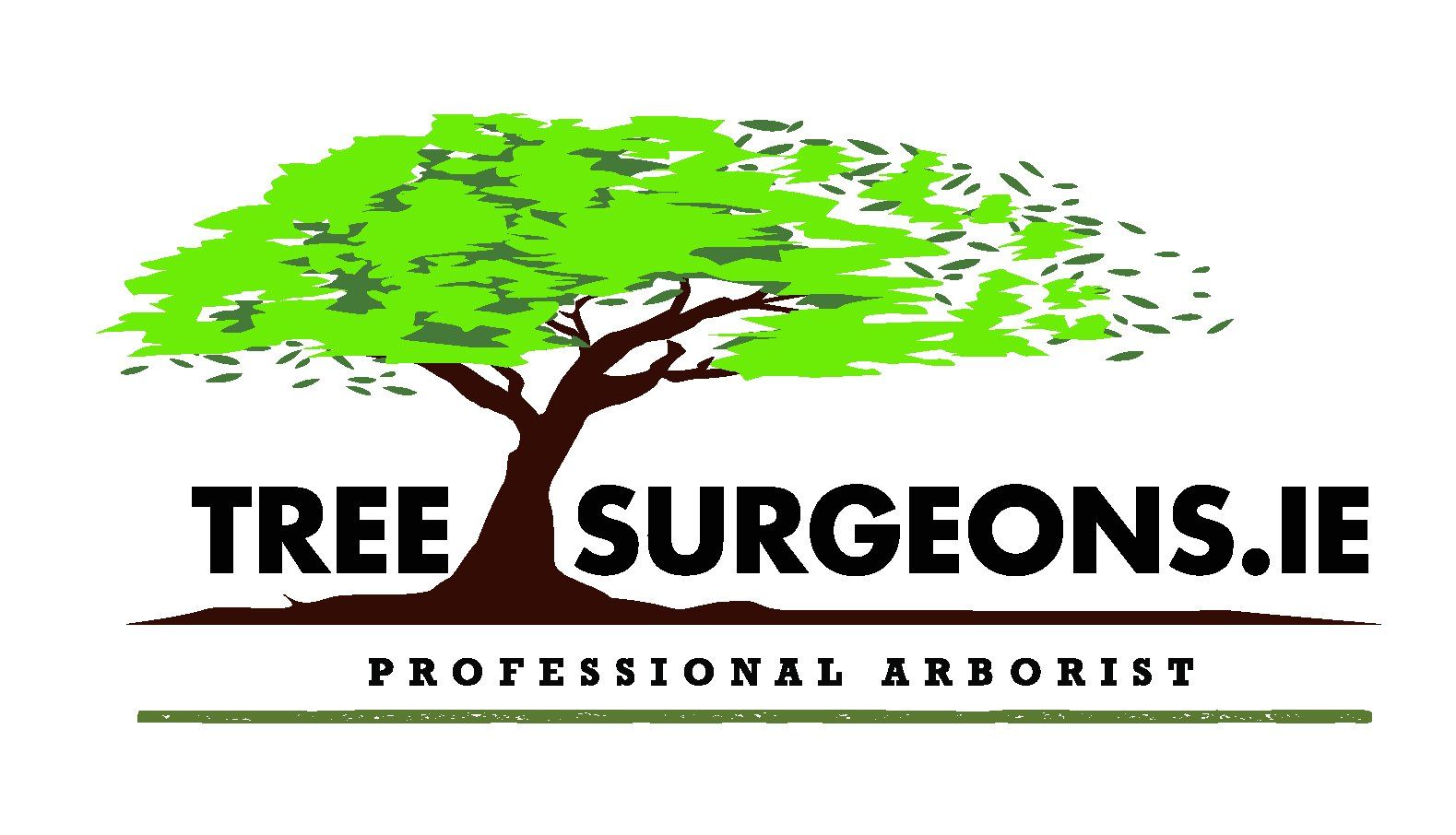Top 10 Best Native Hedge Plants with Cutting Tips, Tools & Gears

Believe it or not, Hedges are a fantastic addition to any garden. They provide privacy, act as windbreaks, and can amp up the overall beauty of your outdoor space. Native hedge plants are chiefly beneficial because they support local wildlife and need less maintenance. To replace the old hedge trees or care for the new hedges better, you also need special preparation like Hedge removal or Hedge Cutting in Limerick.
Continue reading the blog thoroughly. Here we will discuss the top 10 best native hedge plants for your garden and give valuable information on hedge-cutting and removal procedures, tools, and gear.
Top 10 Best Native Hedge Plants: Cutting tips, tools and gears
[1]. Beech (Fagus sylvatica)
Beech has very dense foliage and a beautiful coppery-brown colour. This is why, many people like beech hedges for their attractive foliage that provides privacy and windbreak. Also, they have the ability to be easily clipped into various shapes. For visual interest and shelter in colder months, you can also try it for your site. As can grow quite tall, it’s considered effective as a privacy hedge.
What you need to remember during this hedge cutting: For beech hedges, try to prune on one occasion every year in late summer or early fall to shape the hedge. Eliminate any dead or damaged branches.
Which Tools and Gears are necessary: You need sharp pruning shears or hedge trimmers for Beech hedges. Safety gloves and protective eyewear are also needed to keep you safe during cutting.
[2]. Blackthorn (Prunus spinosa)
It’s a beautiful hedge tree especially in rural settings and for making wildlife-friendly boundaries. Blackthorn has been a strong-growing hedge that can produce beautiful white flowers in the spring followed by juicy sloes during autumn. It is known for forming denser thickets that provide outstanding wildlife habitat.
What you need to remember during this hedge cutting: This plant should be shaped in late winter or early spring before new growth starts. Try to trim back to encourage bushiness and remove any crossed branches.
Which Tools and Gears are necessary: It is better to use hand pruners for smaller branches and loppers for the thicker ones. Use gloves to protect against the thorny branches.
[3]. Box (Buxus sempervirens)
The box is a classic hedging plant with small, evergreen leaves. It is perfect for formal gardens and can be trimmed tightly to create neat shapes.
What you need to remember during this hedge cutting: Trim box hedges in early summer and then again in late summer for maintenance. Never cut when the plant is stressed from heat or drought.
Which Tools and Gears are necessary: Use hedge trimmers for straight cuts and topiary shears for detailed shaping. Remember to wear gloves to protect your hands.
[4]. Dogwood (Cornus sanguinea)
Dogwood is a colourful hedge that has red stems in winter and beautiful foliage in summer. It encourages birds and beneficial insects to your garden.
What you need to remember during this hedge cutting: To promote new growth, prune in late winter. Cut off the older stems to encourage more colourful and younger growth.
Which Tools and Gears are necessary: Loppers are perfect for thicker stems and hand pruners for smaller branches. Always use gloves to protect against any sap or thorns.
[5]. Hawthorn (Crataegus monogyna)
If you want a dense, thorny hedge, then it'll be a great option to pick up. Hawthorn is a lovely native plant to be chosen as your garden hedge. It blossoms in spring, attracting various pollinators. Its dense growth makes it a great option for privacy.
What you need to remember during this hedge cutting: Just prune the unnecessary parts in late winter after the frost has passed. If you notice any crossing branches, do not delay to cut back to maintain shape and health.
Which Tools and Gears are necessary: Hedge shears work well for shaping when hand pruners can target smaller branches. Thick and protective gloves will help you remain safe in case of the thorns.
[6]. Holly (Ilex aquifolium)
If you want a hedge option that will give you privacy, and year-round greenery, then Holly will be the best pick. Holly is well-known for its glossy leaves and bright red berries, which are attractive in winter. It’s an excellent choice for a security hedge due to its prickly leaves.
What you need to remember during this hedge cutting: Try to trim holly hedges in late spring or at the beginning of the summer after flowering. This will maintain the size and promote bushiness.
Which Tools and Gears are necessary: Hedge clippers or pruning shears should be used here. They are effective for suitable trimming. Always wear gloves to avoid cuts, and scratches from the prickly leaves.
[7]. Hornbeam (Carpinus betulus)
You will be glad to know that, Hornbeam hedges are the popular choice for privacy screens and windbreaks. Hornbeam is a flexible and resilient plant that forms a thick, lush hedge. They provide a condensed, year-round barrier. Furthermore, hornbeam hedges are relatively low-maintenance and adaptable to various soil conditions. It adapts well to different soils, making it a reliable choice as an attractive-looking hedge.
Here are three great features of Hornbeam:
- They retain dried leaves through winter
- They offer a lovely aesthetic with their vibrant green foliage in spring
- They transition to golden yellow in fall, eventually turning a russet colour.
What you need to remember during this hedge cutting: You should trim hornbeam hedges once a year in late summer. This will help maintain shape and density.
Which Tools and Gears are necessary: You need to use sharp hedge trimmers for clean cuts and gloves for your hand’s protection. Safety glasses can also help guard your eyes from flying debris.
[8]. Rowan (Sorbus aucuparia)
Rowan trees or mountain ash is a very popular hedge choice for having attractive flowers and berries. They have high adaptability and resilience to grow on your site. For producing stunning clusters of berries in the fall, it can attract a variety of wildlife.
What you need to remember during this hedge cutting: Prune it right after fruiting in late autumn. Give attention to shaping and removing any damaged or dead branches or parts.
Which Tools and Gears are necessary? You must keep Hand pruners as they are suitable for smaller cuts, while loppers are good for thicker branches. Wearing gloves will protect your hands from the sharper part of the tree.
[9]. Wayfaring Tree (Viburnum lantana)
For ornamental value, the ability to provide privacy, and wildlife benefits, this hedge tree is chosen by many in their garden area. This attractive shrub produces colourful berries and fragrant flowers that birds love.
What you need to remember during this hedge cutting: Prune in late winter as it encourages new growth in spring. Remove older stems to promote a healthier hedge.
Which Tools and Gears are necessary: Use a combination of loppers for thicker branches and pruning shears for shaping lower parts. Always wear gloves to stay protected.
[10]. Yew (Taxus baccata)
Yew is a traditional hedging plant. It can be grown as a formal hedge or topiary. Its dense foliage makes it effective for privacy screens. Many people like them for offering numerous benefits like privacy, noise reduction, and attractive formal landscaping choices.
What you need to remember during this hedge cutting: Pruning should occur in late spring to early summer after the new growth appears. Avoid cutting too heavily as yew trees are very slow to recover.
Which Tools and Gears are necessary: Hedge trimmers can help maintain shape, while hand pruners can target particular areas. Safety gear such as gloves and protective eyewear is essential.
Finding the best Hedge cutting solution in Limerick
Already you have been given the important info on 10 tree species that can create lovely hedge options for you to add seasonal interest. Each of these native hedge plants has its charm and characteristics, making them perfect for a variety of gardens. But here is another point that you need to be careful of- Maintenance; it involves in-time Hedge cutting and Hedge removal in Limerick.
And maintaining a beautiful hedge requires the right techniques and tools. When considering better hedge care, remember that you will need the professional touch of a reliable company like Tree Surgeons & Pro Gardening. We can assist you with pruning, shaping, or even removing hedges that need replacing. With our right care and professional maintenance, these beautiful native hedges can thrive and enhance your garden for years to come. Contact us soon.














